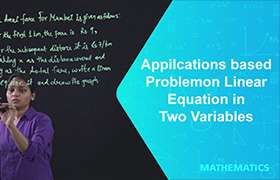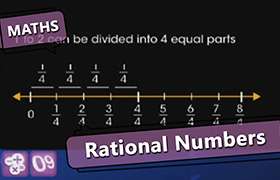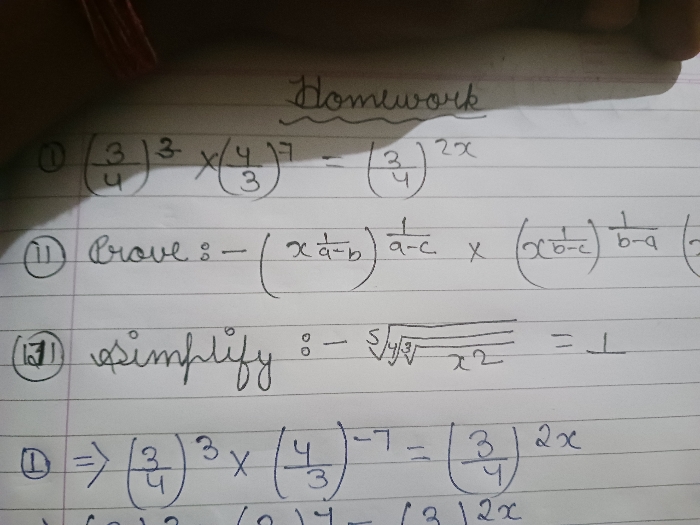CBSE Class 9 Answered
The earliest evidenced conscious use of an accurate approximation for the length of a circumference with respect to its radius is of 3+1/7th in the designs of the Old Kingdoms pyramids in Egypt. The Great Piramids at Giza, built c.2550-2500 B.C, was precisely 1760 cubits around with a height of 280 cubits (1760/280=2xPi). Egyptologists such as Professors Flinders Petrie and I.E.S Edwards have shown that these circular proportions were deliberately chosen for symbolic reasons by the Old Kingdom scribes and architects. The same apotropaic proportions were used earlier at the Pyramid of Meidum c.2600 B.C. This application is archaeologically evidenced, whereas textual evidence does not survive from this early period.
The early history of π from textual sources roughly parallels the development of mathematics as a whole. Some authors divide progress into three periods: the ancient period during which π was studied geometrically, the classical era following the development of calculus in Europe around the 17th century, and the age of digital computers
1/ Geometric Period -
That the ratio of the circumference to the diameter of a circle is the same for all circles, and that it is slightly more than 3, was known to Ancient Egyptian, Babylonian, Indian and Greek geometers. The earliest known textually evidenced approximations date from around 1900 BC; they are 25/8 (Babylonia) and 256/81 (Egypt), both within 1% of the true value. The Indian text Shatapatha Brahmanaa gives π as 339/108 ≈ 3.139. The Hebrew Bible appears to suggest, in the Book of Kings, that π = 3, which is notably worse than other estimates available at the time of writing (600 BC). The interpretation of the passage is disputed, as some believe the ratio of 3:1 is of an interior circumference to an exterior diameter of a thinly walled basin, which could indeed be an accurate ratio, depending on the thickness of the walls.
Archimedes (287–212 BC) was the first to estimate π rigorously. He realized that its magnitude can be bounded from below and above by inscribing circles in regular polygons and calculating the outer and inner polygons' respective perimeters
2/ Classical Period -
Until the second millennium, π was known to fewer than 10 decimal digits. The next major advance in π studies came with the development of infinite series and subsequently with the discovery of calculus, which in principle permit calculating π to any desired accuracy by adding sufficiently many terms. Around 1400, Madhava of Sangamagrama found the first known such series:
3/ Digital Computation -
The advent of digital computers in the 20th century led to an increased rate of new π calculation records. John von Neumann et al. used ENIAC to compute 2037 digits of π in 1949, a calculation that took 70 hours. Additional thousands of decimal places were obtained in the following decades, with the million-digit milestone passed in 1973. Progress was not only due to faster hardware, but also new algorithms. One of the most significant developments was the discovery of the fast Fourier transform(FFT) in the 1960s, which allows computers to perform arithmetic on extremely large numbers quickly.
In the beginning of the 20th century, the Indian mathematician Srinivasa Ramanujanfound many new formulas for π, some remarkable for their elegance and mathematical depth. One of his formulas is the series,
Regards,
Team,
TopperLearning.














